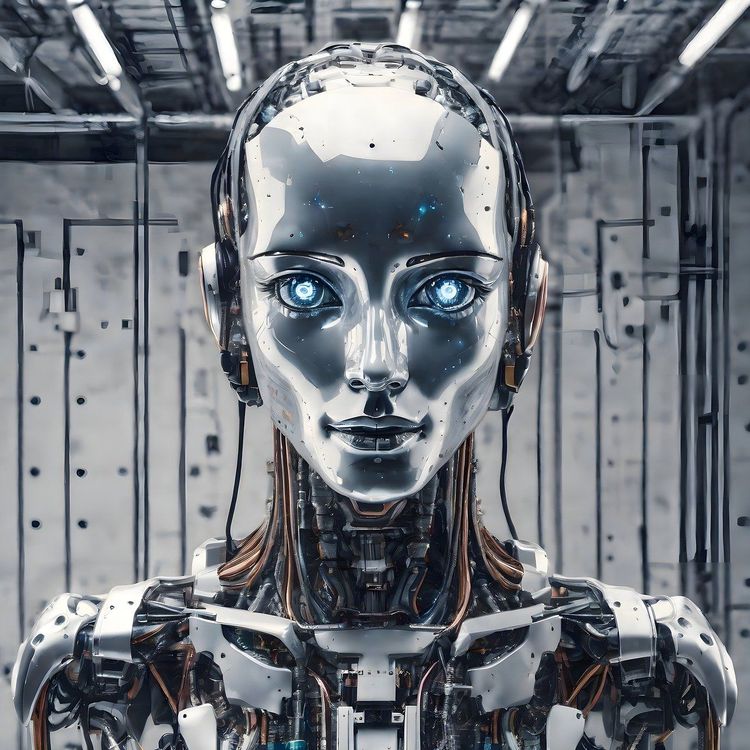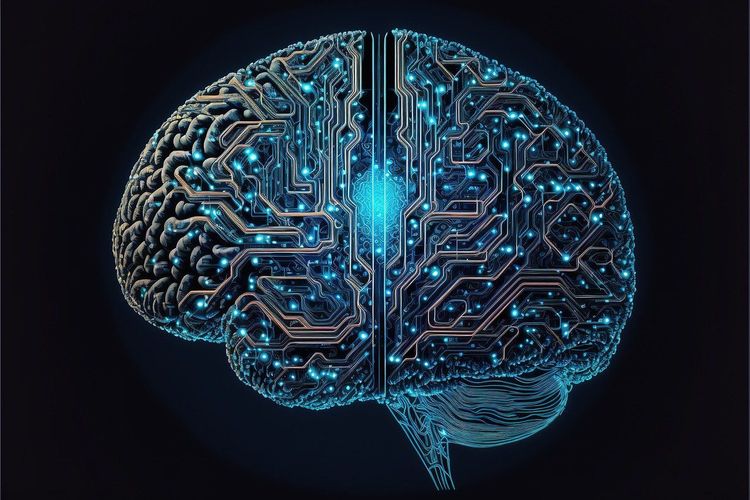**The Rise of Generative AI: Understanding Its Impact and Future Potential**
The year 2023 marks a significant turning point in technology as generative AI has emerged into the mainstream. Applications such as ChatGPT, Google Bard, DALL-E, and Midjourney have captivated audiences with their remarkable ability to generate text and visuals from simple prompts. This rapid evolution raises vital questions about the nature of generative AI, its functioning, its potential applications, and the societal implications it carries.
### What is Generative AI?
Generative AI is a subset of artificial intelligence defined by its capacity to create original content. Unlike traditional AI, which primarily focuses on identifying patterns and predicting outcomes, generative AI produces diverse outputs, including text, images, and even audio. By analyzing vast amounts of training data, usually encompassing a wide range of human-created content, generative AI employs neural networks to recognize patterns and generate similar outputs based on these learned models.
In essence, while the content it creates is unique, the underlying knowledge stems from existing data, such as classic literature or historical art. This mechanism mirrors human creativity but operates at incredible speed, showcasing both the advantages and limitations of machine-generated innovations.
### What Can Generative AI Do?
Generative AI leverages its extensive training to convincingly imitate human creativity across various domains. For instance, those who have explored ChatGPT can attest to its remarkable capabilities—from crafting sitcom scripts and suggesting innovative recipes to writing code for websites. This lightning-fast responsiveness enables users to achieve tasks in mere seconds.
While ChatGPT garners the most attention, other models like DALL-E demonstrate the technology's versatility in visual art. Users can request imaginative scenes—like a raccoon playing tennis at Wimbledon—and receive a fittingly generated image.
Moreover, generative AI extends beyond text and images; it interprets audio and video as well. For example, text-to-video technologies can produce realistic trailers for non-existent films, illustrating the potential of this technology in the entertainment landscape. Despite the various whimsical applications, the implications of generative AI are profound and merit careful consideration.
### The Societal Implications of Generative AI
The integration of generative AI into businesses, government agencies, and public services can drive unprecedented productivity, with estimates suggesting an annual contribution of up to $4.4 trillion to the global economy. However, such advancements also raise anxiety regarding job displacement, particularly within creative fields, legal sectors, finance, and education.
In an optimistic scenario, generative AI could automate mundane and repetitive tasks, granting humans more time to engage with complex issues. Nevertheless, the reality poses risks, as companies may view the technology as an opportunity to streamline operations at the cost of workforce reductions.
Additionally, innovations in search engines, which aim to summarize web content without requiring user interaction, could inadvertently result in the loss of traffic to original sources, jeopardizing their revenue and sustainability.
### Addressing Challenges and Concerns
Generative AI is not without its challenges. A major concern lies in the propagation of human biases inherent in the training data. AI can inadvertently reflect societal stereotypes—for instance, depicting a doctor as a white male due to historical biases in training content.
Moreover, generative AI cannot genuinely innovate; it can only recombine existing inputs to create something new. This limitation underscores its inability to replace the intuitive spark of human creativity that has propelled advancement throughout history.
Potential risks also include "hallucinations," where the AI fabricates information presented with the confidence of truth. These fabricated outputs can result in serious consequences, as demonstrated when legal professionals faced scrutiny for relying on fictitious legal references generated by AI.
The legal landscape surrounding generative AI raises ethical questions about copyright infringement and plagiarism, especially as various creators pursue legal action against AI developers for unauthorized use of their work in training models. Furthermore, the technology may be exploited by malicious actors to disseminate disinformation, threatening public trust and integrity.
Finally, the environmental toll of running sophisticated generative AI models is a pressing concern. Research indicates that seemingly simple interactions can consume significant resources, raising alarms about sustainability in an era of increasing climate challenges.
### A Glimpse into the Future of Generative AI
Despite these challenges, the future of generative AI holds immense potential for transformation across multiple industries. Innovations in real-time language translation, automated narration, and complex musical scores suggest that AI's contributions could enhance efficiency and productivity, facilitating groundbreaking discoveries in fields like drug development and material sciences.
Gartner anticipates that by 2025, over 30% of new drugs will be developed using generative AI techniques, transforming not only healthcare but also sectors like manufacturing, automotive, and defense. In the entertainment realm, the prediction that AI-generated content could dominate blockbuster film creation by 2030 signals a seismic shift in the creative landscape.
Video games stand to benefit significantly from generative AI, allowing developers to create immersive worlds populated with dynamically evolving non-player characters (NPCs), enhancing player engagement and experience.
### Concluding Thoughts
Generative AI is heralded as a game-changer, attracting substantial investment from major technology companies. The implications of its evolution over the next decade will shape the landscape of society, innovation, and the workforce. However, with this potential comes the need for careful navigation through regulatory, ethical, and operational challenges. The direction we choose now will determine whether generative AI becomes a catalyst for positive change or a source of societal upheaval.







